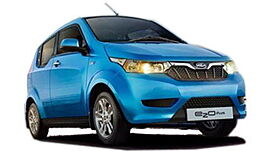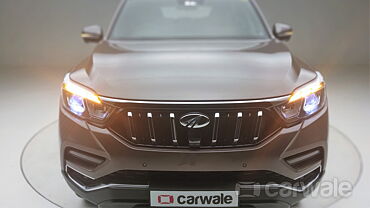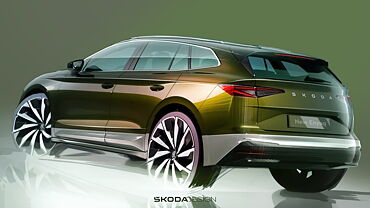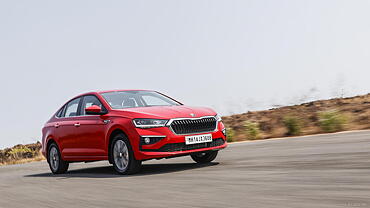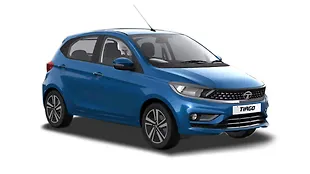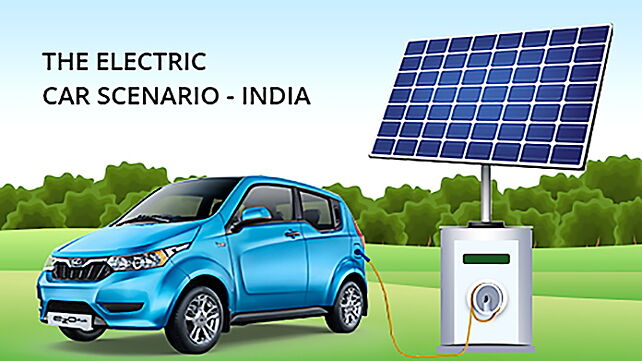
Content
The electric car market is still in its primary stages in India and it is only recently with Central Government initiatives like the National Electric Mobility Mission as well as FAME scheme that things have got off the ground in the last two years. These programmes are two very important milestones that have been cleared by the Indian government. Similar to the situation world over, for electric mobility solutions to succeed the Central government must step in and provide a supporting hand. The proof of success is the electric car programmes of Western European nations as well as in the USA.
First, the Electric Mobility Mission 2020. It aims at the sale of 6-7 million electric vehicles (two and four wheel) in the Indian market by 2020 to put it at par with sales of electric vehicles in other markets. The effect of such growth will be that it will create new jobs, reduce our dependency on fossil fuels and most importantly tackle climate change in a sustainable manner. Secondly, the FAME scheme plays along lines of the mobility mission and in its most basic essence offers incentives to buyers to purchase electric vehicles. Not just that it also caters for incentives for manufacturers in terms of R&D spends to promote local development and production of electric and hybrid vehicles.
Currently there are only a handful of players who qualify under this scheme but with such large benefits there will be more joining over the next few years. The primary and most significant player in the Indian electric car market is Mahindra Electric. It began life as Reva Electric Car Company in the mid-1990s before beings bought over by Mahindra in 2011. They now have a factory outside of Bengaluru where the e2o four door hatchback is produced. In addition to this, the company provides the electric power trains for the eVertio sedan and eSupro mini cargo and passenger van.
One of the areas that need to be worked on for the Indian electric vehicle market to succeed is to provide charging infrastructure for the electric vehicles. For its large portfolio, Mahindra Electric offers its solutions like Quick2Charge for fast charging and solar charging through special charging units. But ultimately the infrastructure needs to be developed to utilise such features effectively. We would need to build a charging network akin to what Tesla Motors has done in America to be able to successfully let pure electric vehicles move and be used across the country. The revolutionary manufacturer has hinted at an Indian presence with its latest Model 3 which will hit the markets (India included) sometime in 2018.
